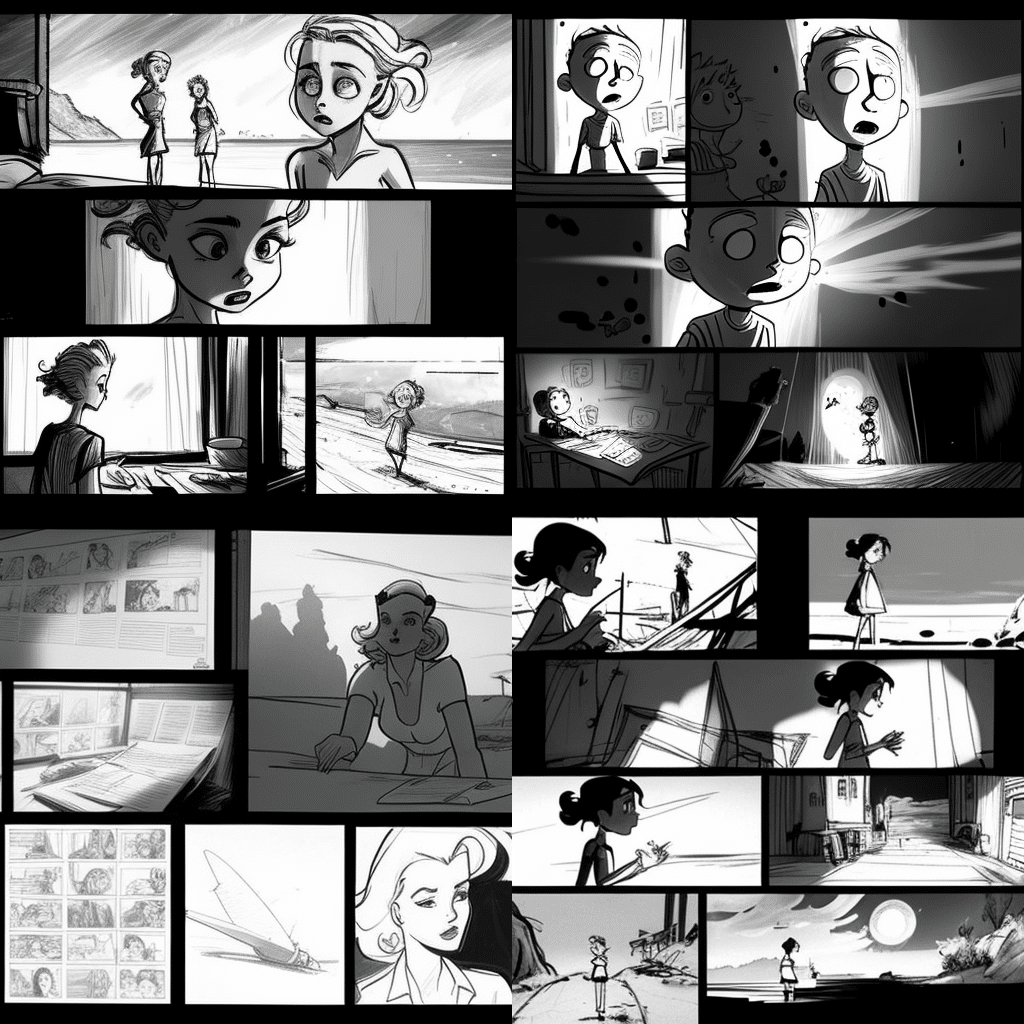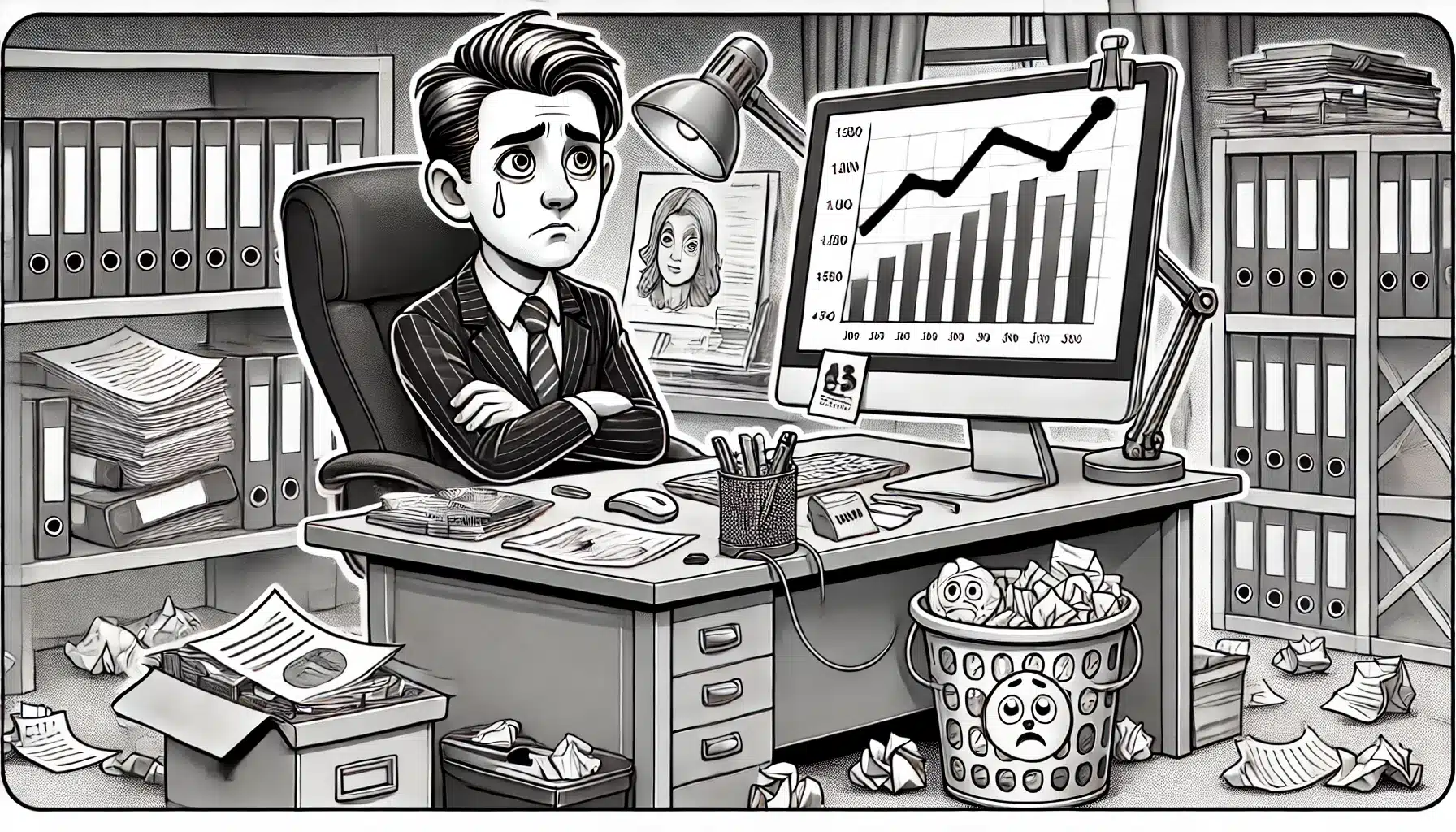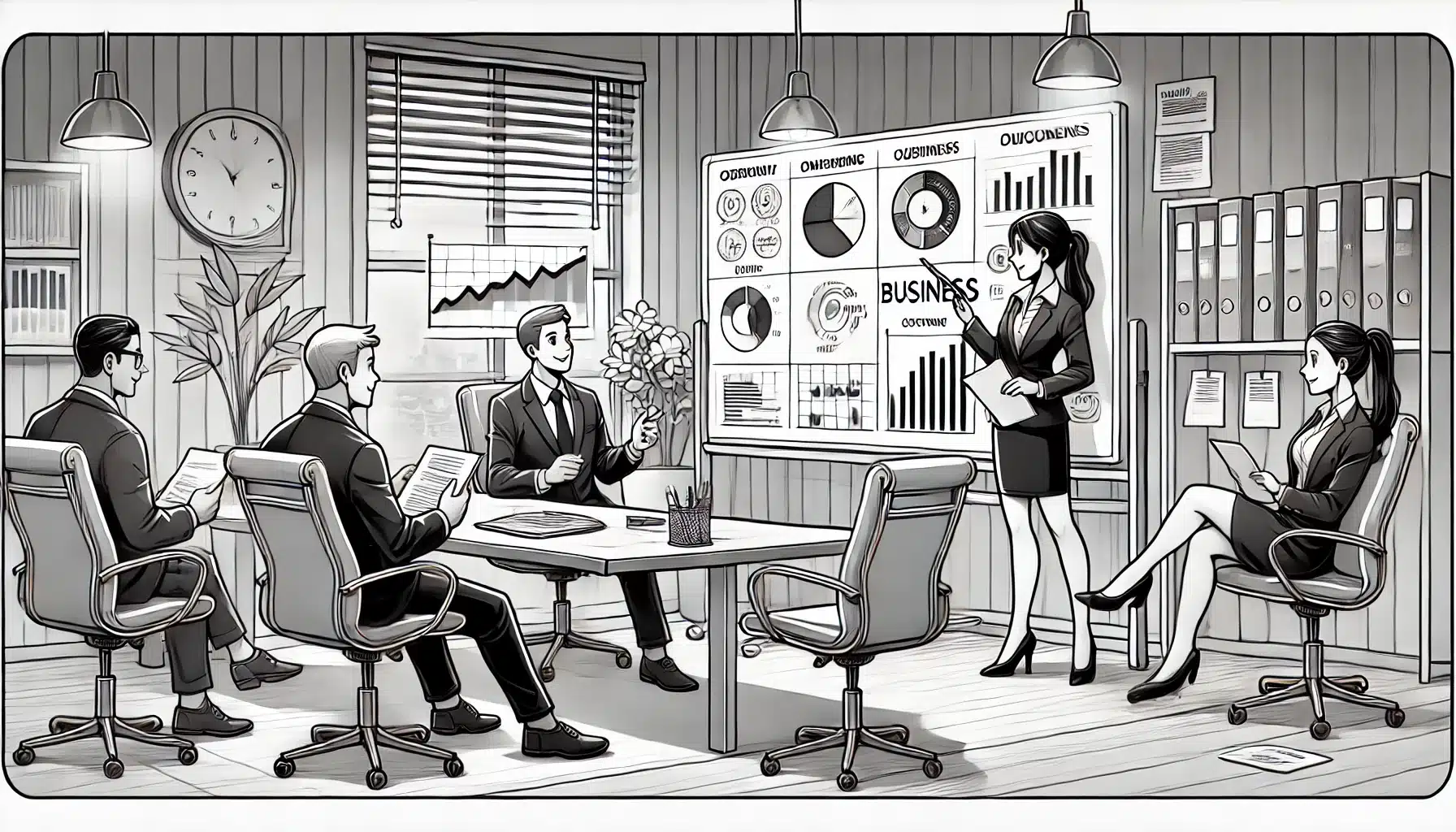At its core, 2D animation is the art of creating movement in a two-dimensional space. The process involves drawing individual frames of animation by hand, each slightly different from the last, and then playing them in sequence to create the illusion of motion.
The history of 2D animation goes back over a century, with early examples including the work of French animator Émile Cohl and the pioneering Walt Disney Studios. Today, 2D animation is still widely used in television shows, movies, video games, and other forms of media.
How 2D Animation Works
2D animation is usually divided into 24 frames per second, which means that 24 unique drawings are needed for every second of animation. These drawings are often created on paper, but can also be done digitally using a variety of tools.
One of the most important aspects of 2D animation is timing. Animators must carefully consider how long each frame should last, and how fast or slow the animation should move. They may use timing charts and other tools to help them plan out the sequence of frames.
Another important element of 2D animation is squash and stretch. This refers to the way that characters and objects can appear to change shape as they move. For example, a ball may appear elongated as it bounces, or a character's face may stretch as they make a funny expression.
Common Techniques Used in 2D Animation
There are many different techniques that animators use to create 2D animation. Some of the most common include:
- Hand-drawn animation: This involves drawing each frame of animation by hand, either on paper or using a digital tablet.
- Cel animation: This involves creating transparent plastic sheets, or cels, with individual drawings on them. The cels are then stacked on top of each other to create the full animation.
- Cutout animation: This involves creating characters and objects out of paper or other flat materials, and then animating them using stop-motion techniques.
- Digital animation: This involves using computer software to create 2D animation, often using a combination of hand-drawn and digital techniques.
Choosing the Right Tools for 2D Animation
When it comes to creating 2D animation, there are many different tools and software options to choose from. Some popular choices include:
- Toon Boom Harmony: This professional-grade software is widely used in the animation industry and offers a range of tools for both 2D and 3D animation.
- Adobe Animate: This software is part of the Adobe Creative Cloud suite and offers a variety of tools for creating 2D animation, including the ability to import and export files in a variety of formats.
- TVPaint: This software is popular among traditional animators and offers a range of tools for hand-drawn animation.
No matter which tools you choose, the most important thing is to practice and experiment to find the techniques that work best for you.

Conclusion
In conclusion, 2D animation is a complex and fascinating art form that has been used to create some of the most beloved cartoons and animated films of all time. Whether you are a professional animator or just starting out, there is always something new to learn and discover in the world of 2D animation.



